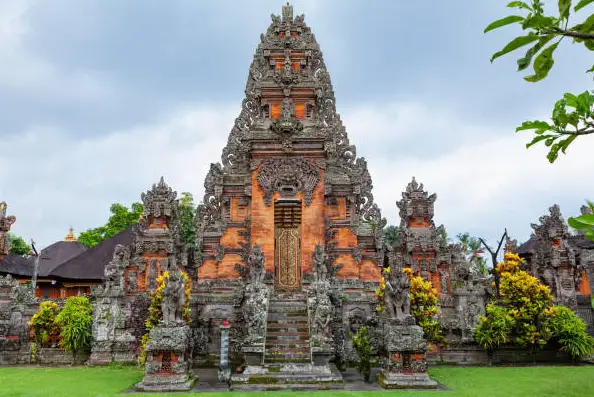South African jazz music has a long-standing legacy of blending African and Western styles of music to create a unique sound. This vibrant style of music has enjoyed success around the world, and in this blog, we’ll take a closer look at its history, highlighting its influences and pioneers. It's essential to stay updated with
History of South African Jazz Music
1. Early Influences and Origins:
South African jazz music has its roots in the fusion of African rhythms and melodies with Western musical styles. The early development of jazz in South Africa can be traced back to the 1920s when American jazz records were imported.
2. Marabi Era:
One of the earliest forms of South African jazz was Marabi, which emerged in the townships of Johannesburg in the 1930s. Marabi blended African traditional music with ragtime and swing to create a unique style characterized by syncopated rhythms and improvisation.
3. The Sophiatown Renaissance:
In the 1940s and 1950s, the vibrant suburb of Sophiatown in Johannesburg became a hub for South African jazz musicians. The township's cosmopolitan atmosphere and political activism played a crucial role in shaping the sound of the time. Artists like Dolly Rathebe and Miriam Makeba gained prominence during this period.
4. Apartheid and Exile:
During the apartheid era (1948-1994), the South African government imposed severe restrictions on both cultural expression and racial integration. Many jazz musicians, particularly those belonging to the black community, faced persecution. Some artists chose to go into exile, sharing their music on international platforms and bringing back new influences.
5. The 1960s and 1970s:
In the 1960s and 1970s, jazz in South Africa witnessed a fusion with other genres like funk, soul, and rock, giving birth to the sub-genre known as "township jazz" or "jazz funk." Artists like Hugh Masekela and Abdullah Ibrahim gained international recognition for their innovative approach to jazz.
6. Post-Apartheid Era:
With the end of apartheid and the establishment of a democratic South Africa, jazz music experienced a renaissance. Local festivals, venues, and institutions dedicated to jazz sprouted up across the country. A younger generation of musicians, such as Nduduzo Makhathini and Sibusiso Mashiloane, emerged, infusing jazz with elements of traditional African music and contemporary styles.
7. International Recognition:
South African jazz has gained international acclaim and recognition over the years. Artists like Miriam Makeba, Hugh Masekela, and Abdullah Ibrahim have become global icons, contributing significantly to the genre's growth and popularity.
Overall, the history of South African jazz music is a tale of resilience, creativity, and resistance against oppression. It has evolved from its early influences to become a vibrant and unique expression of South African culture.Before embarking on your journey to south-africa, make sure to check the latest
travel guidelines and
entry requirements to ensure a smooth trip







